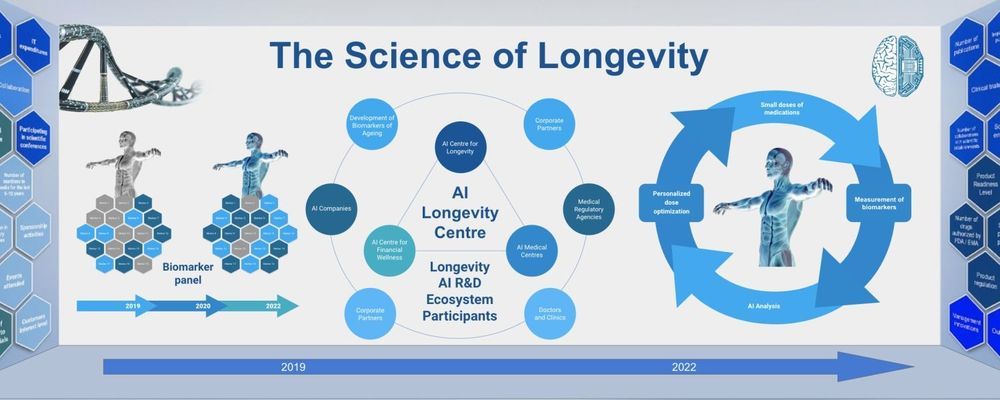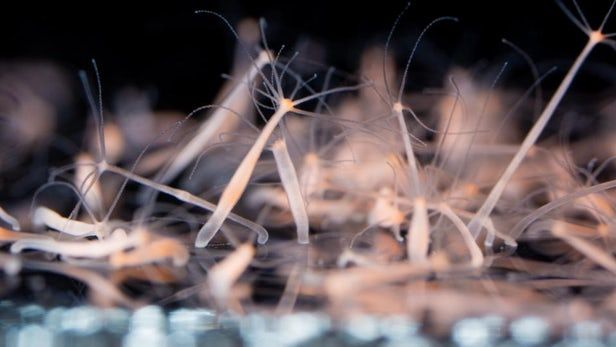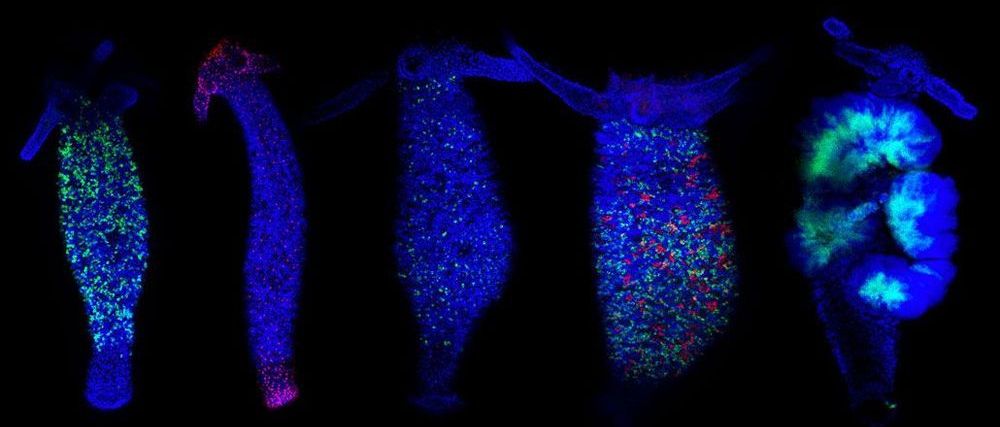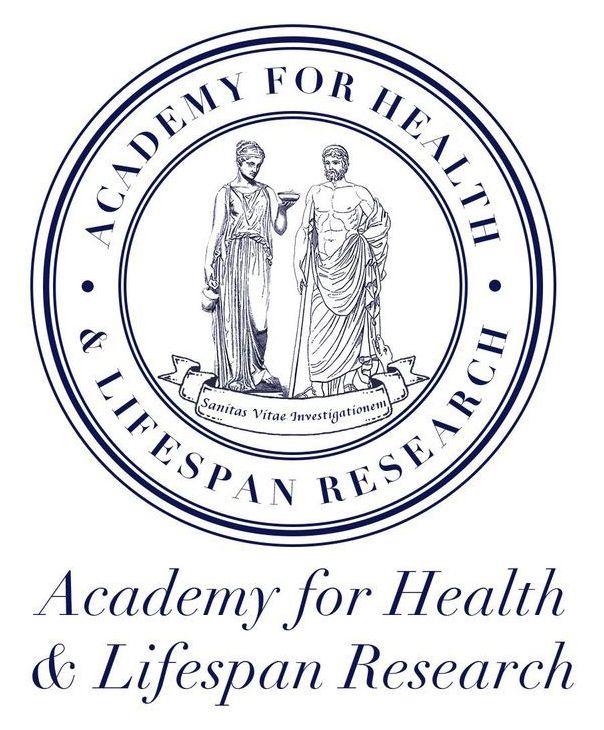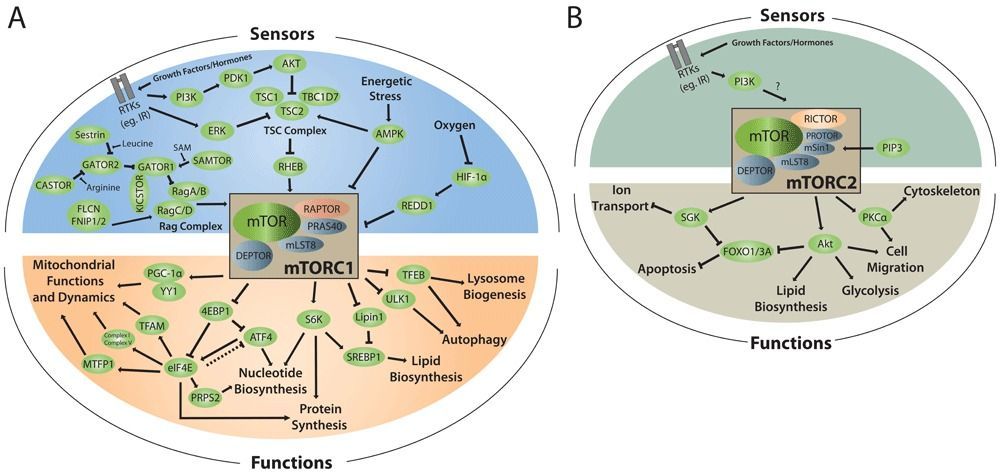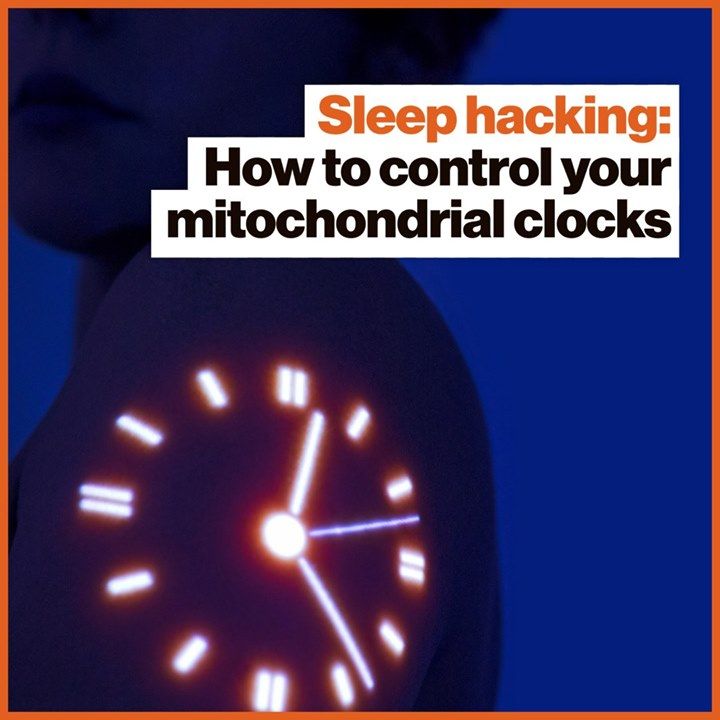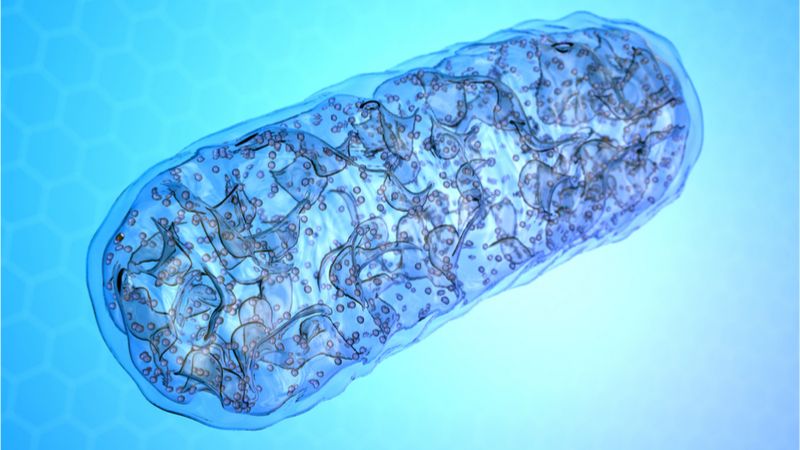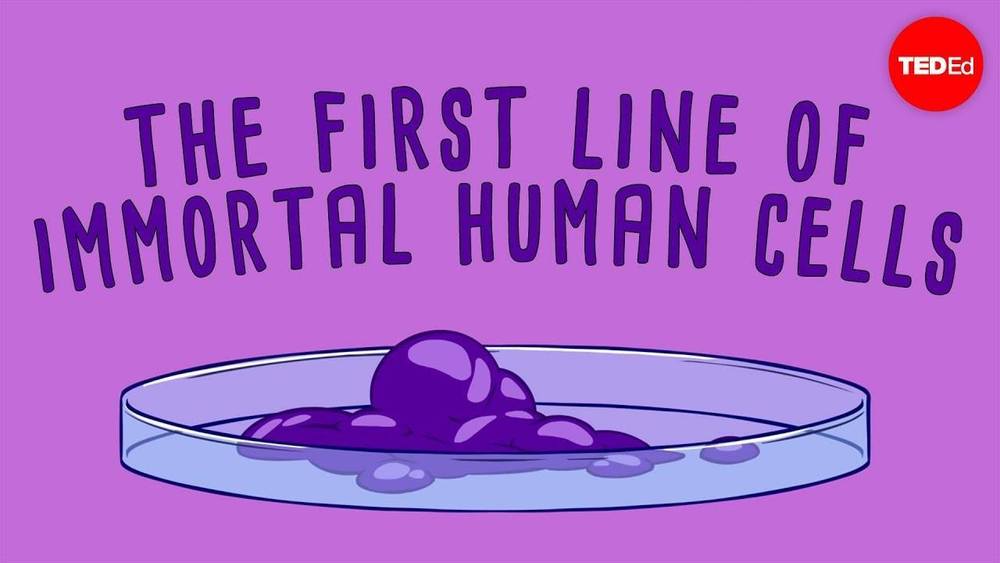https://www.linkedin.com/pulse/current-state-longevity-scien…colangelo/
Category: life extension – Page 396
A common concern about life extension is overpopulation, the idea that there are too many people in the world. Are we really headed for a global overpopulation meltdown, as some people believe? The United Nations’ World Population Prospects 2019 report suggests that while the global population will continue to rise for the next few decades, ultimately, that rise will plateau.
First things first: it’s population growth, not overpopulation
Whenever the topic of defeating age-related diseases comes up, there is inevitably someone who will cite overpopulation as an objection to healthy life extension and a reason why we should continue to let people become sick and die of diseases that science may be able to cure in the coming decades.
Our bodies do a decent enough job of repairing themselves, able to patch up wounds, fight off infections and even heal broken bones. But that only applies up to a certain point – lose a limb, for example, and it’s not coming back short of a prosthesis. Other creatures have mastered this skill though, and now scientists at the University of California Davis (UC Davis) and Harvard have sequenced the RNA transcripts for the immortal hydra and figured out how it manages to do just that.
When actual immortality is available, will anybody continue to pay religion for unprovable, highly doubtful supernatural immortality?
HUMANS will have the option to stay young forever in just a few decades, according to a leading…
SELF-RENEWAL Fluorescent markers reveal which genes are turned on as hydras’ stem cells develop into specific cell types. For instance, nerve cells light up magenta in one hydra (second from left). Another (second from right) shows gene activity behind two of the stages of development (early, green; late, red) of the animal’s stinging cells.
Inaugural Academy for Health and Lifespan Research (AHLR) …towards achieving the goal of not just accelerating longevity research, but making sure that its implications are accessible to all…”
The Academy is comprised of an elite group of world-renowned researchers, scientists and clinicians, all united toward making breakthroughs in longevity both accelerated & accessible.
Read the latest article version by David Papadopoli, Karine Boulay, Lawrence Kazak, Michael Pollak, Frédérick A. Mallette, Ivan Topisirovic, Laura Hulea, at F1000Research.
Quality sleep is foundational to good health — and a key strategy for anti-aging. In this video, best-selling wellness author Dave Asprey explains how you can hack your sleep and, in doing so, stave off diabetes, cancer, and even Alzheimer’s.
Shift Bioscience is a company aiming to solve the problem of mitochondrial dysfunction, one of the hallmarks of aging, by repairing the aging mitochondria in our cells so that they work as if they were younger.
Mitochondrial dysfunction is at the heart of aging
The mitochondria are often called the powerhouses of cells, and they convert the food we eat into usable energy in the form of a chemical called adenosine triphosphate (ATP). ATP supplies energy for many cellular processes, such as muscle contraction, nerve impulse propagation, and protein synthesis. ATP is found in all forms of life and is often referred to as the “molecular unit of currency” of intracellular energy transfer.
Click on photo to start video.
Today would have been the 99th birthday of Ms. Henrietta Lacks, a woman whose remarkable DNA led to countless cures, patents and discoveries:
